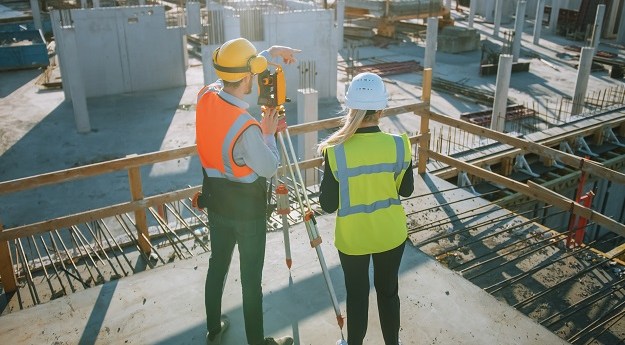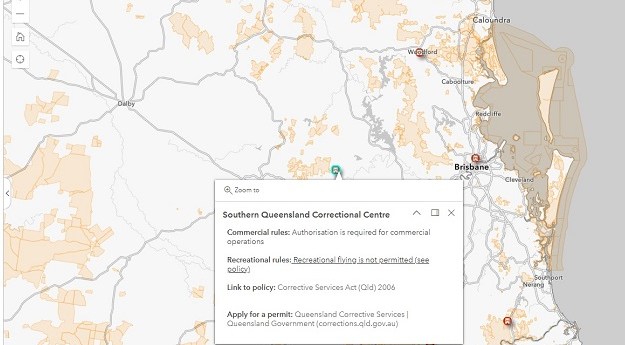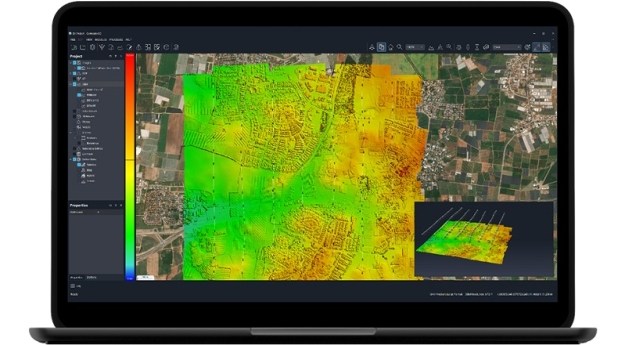The Map Room’s Gift Guide 2017

The Map Room
If you have a map-obsessed person in your life and would like to give them something map-related—or you are a map-obsessed person and would your broad hints to have a link—this guide may give you some ideas.
An inquiry into the attack on Pearl Harbour

Worlds Revealed at the Library of Congress
Ryan Moore, a cartographic specialist in the Geography and Map Division at the Library of Congress, unearths a map crucial to the 1946 Pearl Harbour inquiry.

EOS Editors’ Vox
The wealth of information about our planet generated by satellites circulating the Earth is remarkable, informative and powerful, but not without its challenges. In an article recently published in Reviews in Geophysics, Loew at al. [2017] highlighted the inherent uncertainties of satellite data and discussed different methods for validation. EOS’ Vox editors interviewed the authors about the challenges of overcoming these uncertainties.
This map shows the bloody history of Australia’s frontier wars

Geoawesomeness
Australian historian Lyndall Ryan was in her mid-twenties when she discovered the glaring gaps and inaccuracies in the documented history of her country’s Aboriginal people. At 38, she published her first book which chronicled the early history of the relationship between the Tasmanian Aborigines and the European settlers in the region. Four years ago, Ryan received the Australian Research Council Grant to probe the 146-year-long bloody saga of the frontier wars fought between the indigenous Australian tribes and British colonists. At 74 today, she has come out with a digital story map that records more than 170 sites of Indigenous fatalities along with historical evidence, wherever available.
‘Shared Space’ Design: Road Signs Suck. What if We Got Rid of Them All?

Shared space image via the Congress for the New Urbanism.
99 percent Invisible/Vox
It seems counterintuitive, but there’s evidence that getting rid of signals, signs and barriers might actually make streets a lot safer. Towns all over Europe are starting to experiment with streets where cars, buses, bikes and pedestrians can travel freely in the same space. 99 percent Invisible and Vox team up to reveal the ‘shared space’ approach to managing traffic that’s flying in the face of convention.












